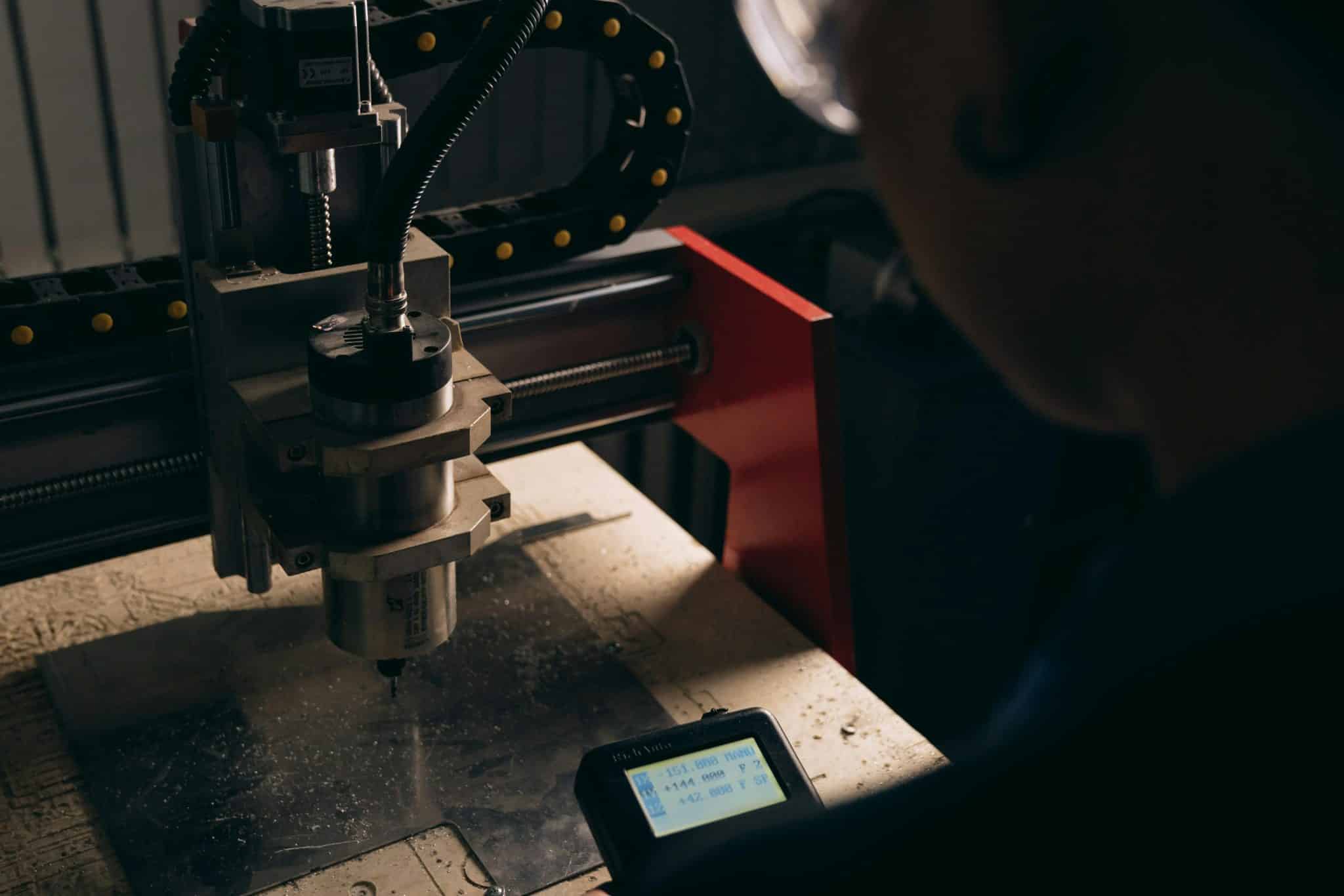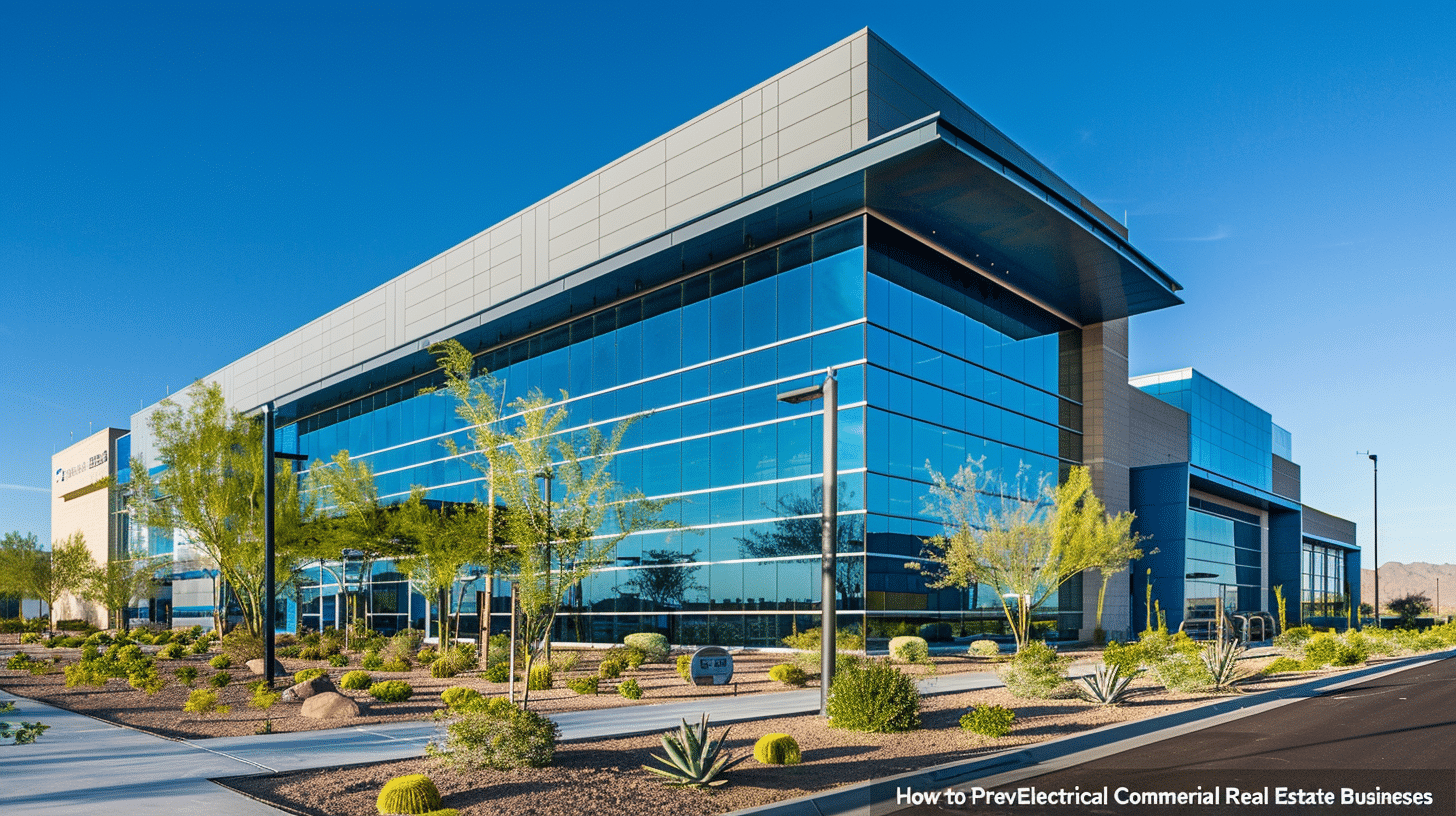Ever noticed how the manufacturing floor has gotten a lot smarter lately? Walk into any modern Australian factory today and you’ll spot something interesting. The old-school approach of isolated machines doing their own thing is pretty much extinct.
What we’re seeing instead is this fascinating shift toward integrated automation that goes way beyond just measuring and weighing products. It’s kind of like watching separate musicians suddenly become an orchestra.
The Real Story Behind Integration
Here’s the thing about modern manufacturing. It’s not just about having fancy equipment anymore. The magic happens when all your systems start talking to each other.
Picture this: your production line automatically adjusts speeds based on real-time quality data. Your inventory management system knows exactly when raw materials are running low before you do. Your quality control stations communicate directly with packaging equipment to sort products instantly.
This isn’t science fiction. It’s happening right now in factories across Australia, and honestly, it’s pretty impressive to witness.
Why Australian Manufacturers Are Making the Switch
The truth is, global competition forced our hand. Australian manufacturers realized they couldn’t compete on labour costs alone. So they got clever instead.
Smart automation became the answer. But not the kind where robots just replace people. We’re talking about systems that make human workers more effective and processes more reliable.
Take weighing systems, for example. Traditional scales just gave you numbers. Modern integrated solutions do so much more. They track trends, predict maintenance needs, and feed data directly into quality management systems. Companies like Diverseco weighing solutions are helping manufacturers build these connected ecosystems that turn raw data into actionable insights.
The Ripple Effect Across Industries
Food processing got hit first. When you’re dealing with strict safety regulations and tight margins, every gram matters. Automated systems that can weigh, sort, and track products while maintaining perfect records became essential.
But then something cool happened. Other industries saw the benefits and jumped on board.
Pharmaceutical companies started using similar integration for compliance tracking. Mining operations connected their weighing systems with fleet management. Even small-scale manufacturers began adopting these approaches once the technology became more accessible.
Real Benefits You Can Actually Measure
Let’s be honest about what this actually delivers. The improvements aren’t subtle.
Production efficiency typically jumps by 15-30% in the first year. That’s not marketing fluff. It’s what happens when machines stop sitting idle waiting for manual data entry or human decision-making on routine tasks.
Quality consistency improves dramatically too. Automated systems don’t have bad days or get distracted. They catch variations that human operators might miss, especially during long shifts or repetitive tasks.
The maintenance side gets interesting as well. Predictive analytics can spot potential equipment failures weeks before they happen. No more surprise breakdowns during peak production periods.
What’s Coming Next
The next wave is already starting to show up. Machine learning algorithms that optimize production schedules in real-time. Supply chain integration that adjusts manufacturing based on demand forecasts. Quality systems that learn from every product they measure.
Some factories are testing systems where the entire production process adjusts automatically based on changing conditions. Raw material quality varies? The system compensates. Rush order comes in? Production priorities shift without human intervention.
Making It Work for Your Operation
The key is starting smart, not starting big. Most successful implementations begin with connecting just a few critical systems. Maybe your weighing equipment talks to your inventory management. Or your quality control feeds directly into packaging.
Once those connections prove their worth, expanding becomes much easier. You’ve got the framework and the confidence to keep building.
The manufacturers getting this right aren’t necessarily the biggest ones. They’re the ones willing to think differently about how their equipment and people work together. Turns out, that makes all the difference.








